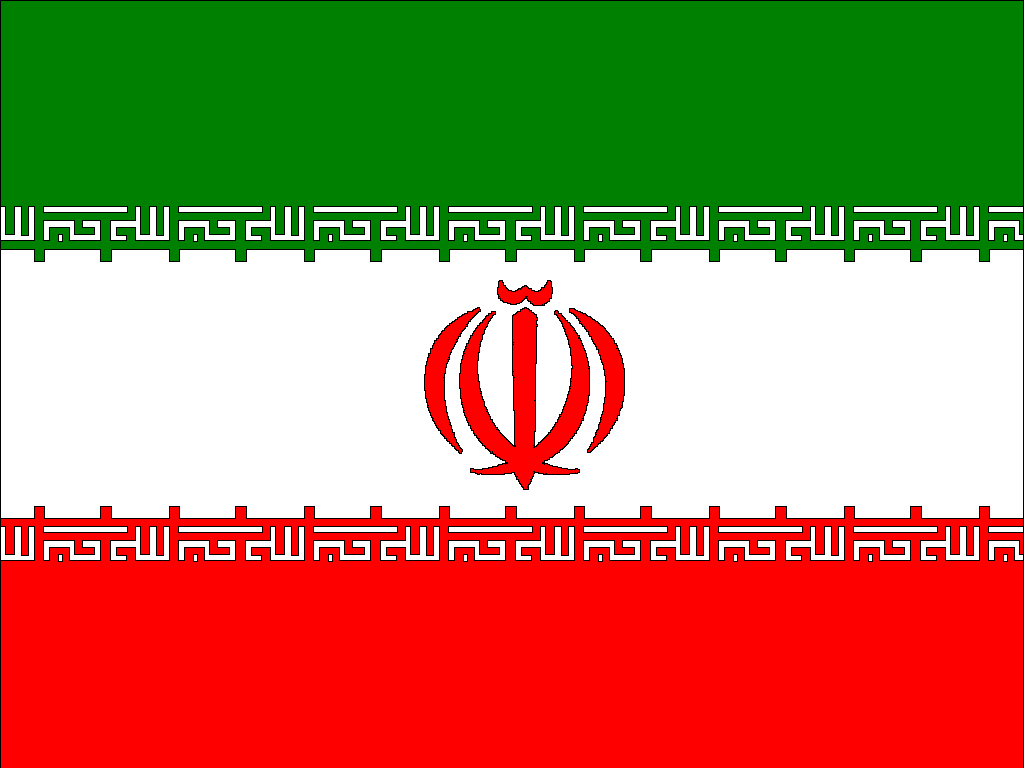Iranian flag.gif

Part 1 of 2 Parts
The Israeli-Hamas war has triggered a new Middle Eastern regional conflict involving the United States and the Houthis in Yemen, a militant group described as proxies for Iran.
The Iranians have long been accused of funding and arming the Houthis in Yemen, Hamas in Gaza and Hezbollah in Lebanon. The situation has been further aggravated by Iran’s new conflict with its neighbor Pakistan, a longstanding Asian nuclear power.
In a report on January 17th, Cable News Network (CNN) said Pakistan has strongly condemned an Iranian airstrike inside its borders that killed two children. Pakistan called it an “unprovoked violation of its airspace” and warned of retaliation.
Iran claimed that it used “precision missile and drone strikes” to destroy two strongholds of the Sunni militant group Jaish al-Adl, known in Iran as Jaish al-Dhulm, in the Koh-e-Sabz area of Pakistan’s southwest Baluchistan province, according to Iran’s state-aligned Tasnim News Agency.
The attack on Pakistan comes after Iran launched missiles in northern Iraq and Syria last week. It is the latest escalation of hostilities in the Middle East where Israel’s ongoing war in Gaza risks spiraling into a wider regional conflict, said CNN.
In a statement issued on January 18th, UN Spokesperson Stephane Dujarric said Secretary-General António Guterres “is deeply concerned about the recent exchange of military strikes between Iran and Pakistan, which have reportedly caused casualties on both sides.”
The new conflicts have renewed the longstanding speculation on Iran’s plans to go nuclear. This concern has also been triggered by a report released last November by the Vienna-based International Atomic Energy Agency (IAEA).
A joint statement by the U.S., France, Germany and the U.K. last December warned that the November 2023 report by the IAEA indicated that Iran had increased its rate of production of uranium enriched up to sixty percent at Natanz and Fordow to levels observed between January and June 2023.
The four countries declared that “These findings represent a backwards step by Iran and will result in Iran tripling its monthly production rate of uranium enriched up to 60%. We remain committed to a diplomatic solution and reaffirm our determination that Iran must never develop a nuclear weapon.”
“We condemn this action, which adds to the unabated escalation of Iran’s nuclear program. The production of high-enriched uranium by Iran has no credible civilian justification, and the reported production at the Fordow Fuel Enrichment Plant and the Pilot Fuel Enrichment Plant further carries significant proliferation-related risks.”
“We also take note of Iran’s decision to revert to the same cascade configuration as the one discovered by the IAEA in Fordow earlier this year. Iran’s delay in declaring this change in January 2023 cast serious doubts on Iran’s willingness to cooperate with the IAEA in full transparency”, the statement added.
The New York Times published a front-page story on January 16th, in which it warned that “while Iran has ramped up the production of uranium drastically in recent weeks, renewing fears that it may be speeding again toward the capability of fabricating several nuclear weapons, it has carefully kept just below the threshold for bomb-grade fuel. That is considered the red line that could trigger military action against its underground nuclear complexes.”
Please read Part 2 next